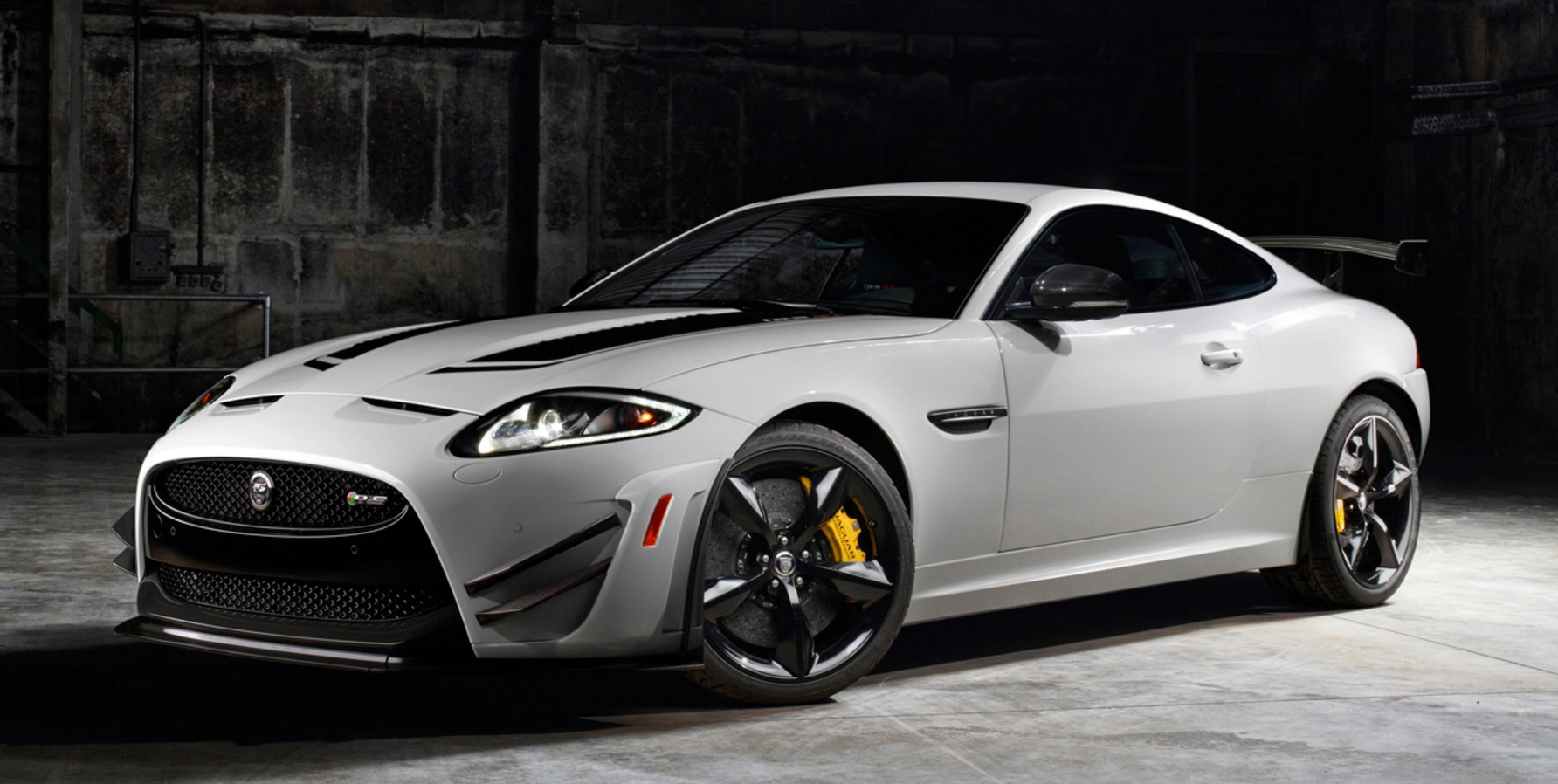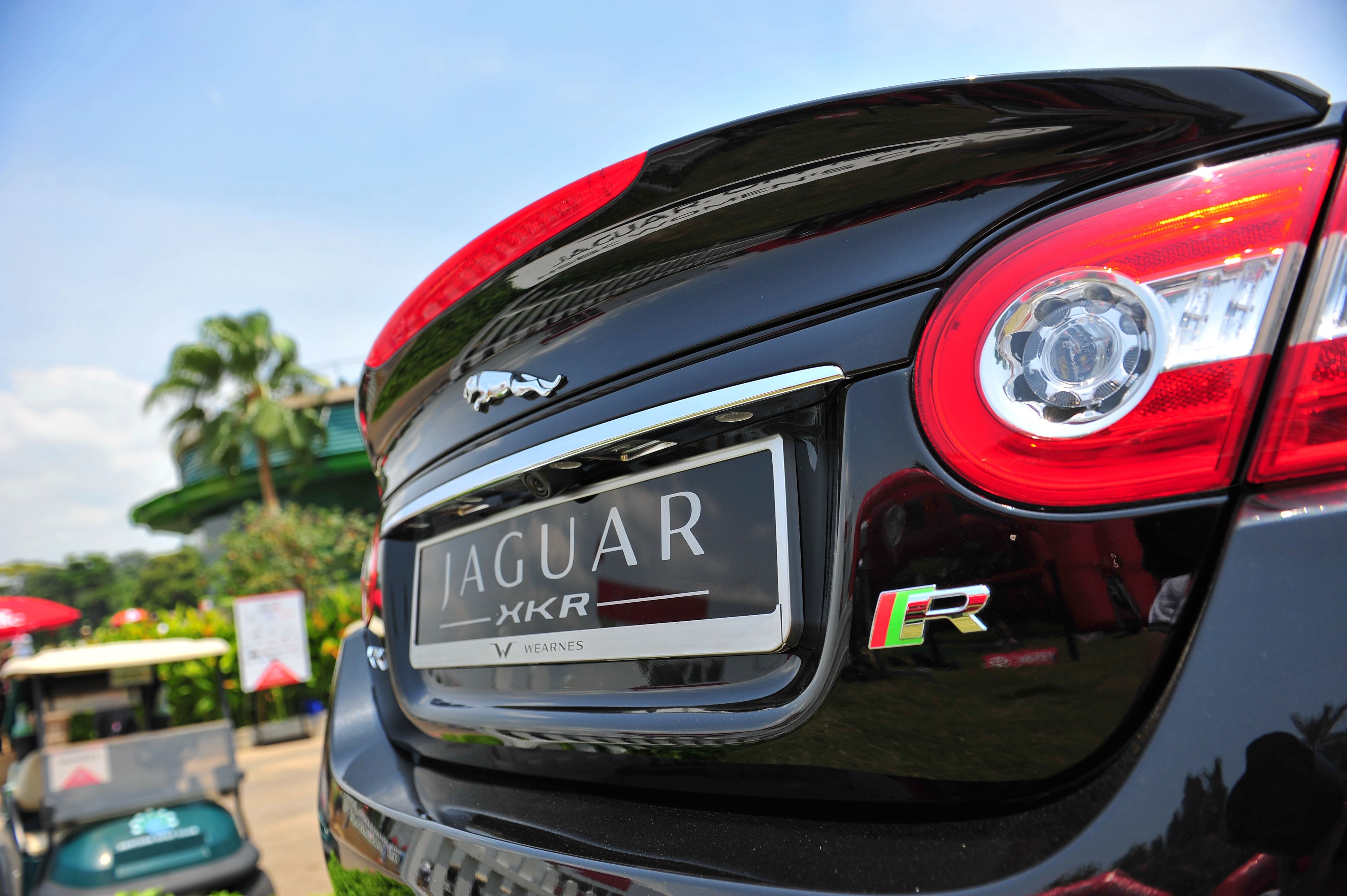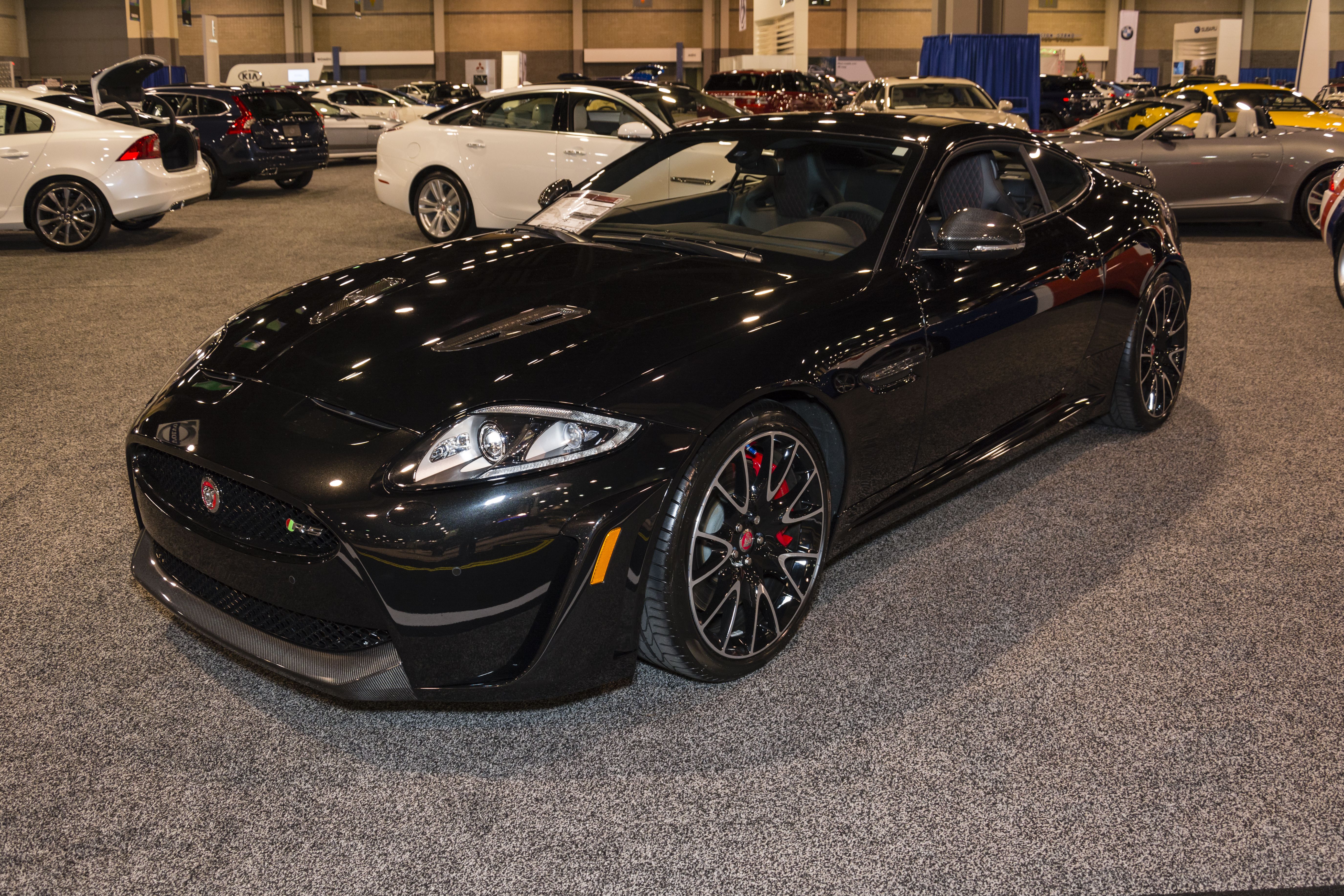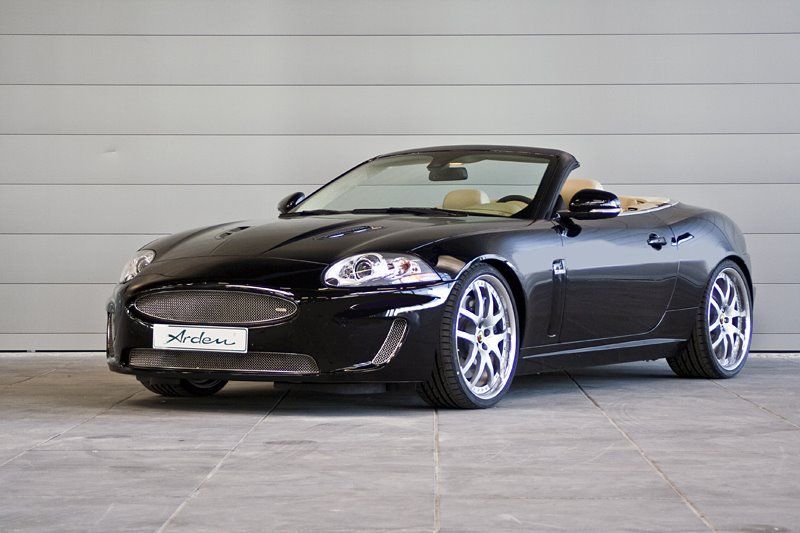The Jaguar F-type was the final piece to the British manufacturer's renaissance, which started the decade prior with the amazing Jaguar XF. Adverts had Tom Hiddleston and the slogan, "It's good to be bad", playing off the trope of the Jaguar being driven by the bad guy. Like this trope, the F-type wasn't all new, sharing a modified chassis of its predecessor, the XK, or more precisely, the X150.
Jaguar's sporting nameplate had been around since 1996 with the XK8, a sibling of the Aston Martin DB7. The older XKR followed in 1998 and shared the same 32 valves V8 engine as the XJR. But the XK150 ran between 2006 and 2014, and with a facelift in 2009, it sold incredibly well for Jaguar and successfully sold to not only Jaguar's older clients but also younger buyers who would otherwise have found themselves in Porsche Caymans.
With the XK, these buyers found themselves with some modest legroom and lots of trunk space by comparison to sports cars at a similar price point.
The final year of XK has kept its value simply because it's worth it.
The 2014 Jaguar XK Was A Cheaper Aston Martin
When production began in 2006, the new XK was met with criticism for looking too much like an Aston Martin. This is no surprise with the car being designed by the legendary Ian Callum, the mastermind behind the Ford RS2000, Escort Cosworth, and the Aston Martin DB9.
Revealed initially under the name Advanced Lightweight Coupe Concept, it shared many design motifs from the XK8 but being brought into the twenty-first century with a larger yet somehow still more elegant design, very much like an Aston Martin, but that is hardly a bad thing.
That being said, with a grille taken from the iconic E-type and the side profile of the R-coupe concept, it was still a Jaguar if the logo on the bonnet wasn't enough to convince the consumer.
With the car looking to the past, it would have been easy for the XK to have continued leaning into its heritage as opposed to carving a new fate for the company. By sharing a chassis with the large XJ, not only did it have a guaranteed luxury driving experience, but it was also constructed from aluminum, which kept the curb weight down to 3,520 lbs. For the sake of comparison, the Bentley Continental GT of the time weighed 5,180 lbs.
In 2006, the XK was down 150 hp on the Bentley, which with the introduction of the XKR, would be corrected. With this reduced weight, the XK offered a much more dynamic driving experience than the benchmark in luxury land yachts. At launch, the XK cost around $100,000, with the Bentley and Aston Martin DB9 being priced at nearly twice that.
It Offered Different Levels of Insanity
With the rebirth of the Jaguar bringing in a completely different demographic of customers, the XK had to be a very diverse vehicle, grand tourer, sports car, and a status symbol for both the up and coming professional and the retiree; this meant it had to be as good as the Mercedes SL. With the transition occurring during the XK's life, it had to grow with the brand, and grow it did.
Originally coming as a coupe or a convertible, the XK featured a 4.2-liter engine that could be supercharged between 2006 and 2008. The 5.0-liter AJV8, which Jaguar used in their R models, made an appearance in 2009 and saw power boosted to over 500 hp. These more powerful models sold incredibly well with Jaguar's new younger customers, who were enticed by the more affordable pricing.
At the same time, the XK's interior saw the XF's rotating gear selector introduced along with a few minor revisions and more options that could be selected. On the used market, the 5.0-liter R models are exceptionally common and have a mildly more aggressive look. The cheaper Portfolio trim level did come with, the larger engine, but this was partnered with less aggressive looks, more in line with other grand tourers.
The models which attracted the most attention were the XKR-S and XKR-S GT. With the former retailing for around $140,000 and with 550 hp, a top speed of 186 mph, and the most aggressive body kit so far to have found its way to the XK yet, it was highly desirable, especially in an eye-catching blue.
The XKR-S GT launched in 2013, and, like the 911 GT series of cars, celebrated the model run with one final level of insanity, made obvious by the larger vents and intakes, carbon-ceramic brakes, and roll cage instead of rear seats. All this came for around $186,000, and with less than 100 of these cars being sold worldwide, they held their value.
The 2014 Jaguar XK Was A Bargain
But with the most desirable models being produced in limited numbers, prices remain high. But the wonderful thing with luxury cars is their rapid depreciation. Early cars can be found for under $20,000; that's a bargain and less than half the price of a middling new hot hatch like a Renault Clio RS, but with lashing of leather and either a wood dashboard or a nice carbon fiber insert.
Throughout the entire model run, the infotainment was standard but woefully inadequate, even in the final model year in 2014. Older models are incredibly appealing with such a low entry price, but buying a nearly two-decade-old British luxury car is often not the wisest move. 2014 model year cars have held their value exceptionally well as the XK's final form now cost near $55,000; as more collectible cars, many owners have kept the mileage lower on these.
As a result, their prices have kept in line with the earliest F-type and are comparable to many less interesting cars like a Golf. For many, the new car wasn't appealing as it leaned more into its aggressive sporting side than its potential as a grand tourer to waft across the continent.




